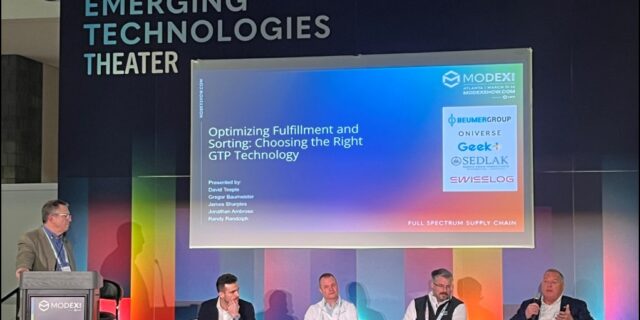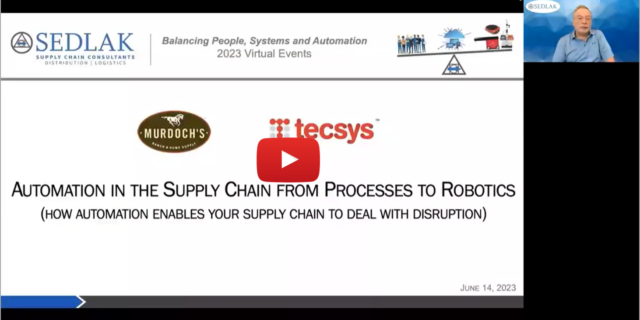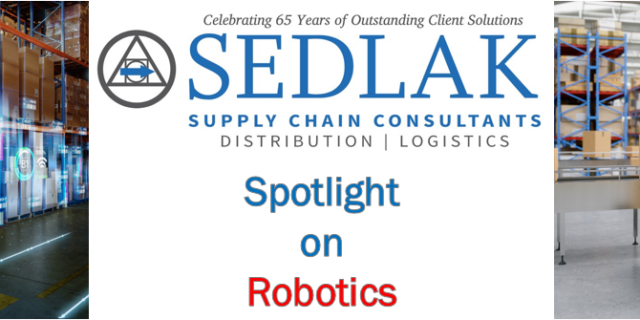The Nemesis of Supply Chain Data: From Obscure and Disorderly to Visible and Aligned
September 18, 2014 By: Senior Management | Topics: Healthcare, IT SolutionsData is a four letter word – especially to supply chain practitioners across most industries. Data is that unmentionable thing we all love to hate but hate to ignore. Data epitomizes the old adage of “garbage in, garbage out.” From a visibility perspective, it’s usually all about the data!
As sponsors of the Penn State Center for Supply Chain Research, we periodically have the opportunity to participate in various research activities. Along with the rest of the sponsor community, we help influence the research agenda, participate in symposiums, and even sponsor student research (our current sponsorship involves the home healthcare market). Recently we participated in a Supply Chain Leaders Forum on Supply Chain Visibility and Alignment. This forum reviewed supply chain visibility activities and challenges across many industries, and highlighted everyone’s primary and consistent nemesis regarding the achievement of good visibility. You guessed it – it’s the data.
“Data analysis is a low end job that low end employees can do.” This statement reflects what most supply chain practitioners believed in the past. Not so true anymore. Years ago, it was difficult just to get at the date so data work required a lot of brute force. Data was onerous and obscure. Today, with ERP systems and a plethora of additional applications all creating, capturing and storing data, it is much more accessible. The challenge is making sense of the data – transforming it from mere bits and bytes to information. Organizations are spending much more effort cleansing data, organizing data and analyzing data to make it actionable. As a result, data-related work isn’t so “low end” anymore – not with the work itself and certainly not with the skillsets required to transform data to actionable information.
Yet even in organizations that have made their data “visible,” shortcomings often still exist. Data visibility doesn’t translate directly to “supply chain” visibility. This challenge is exacerbated when the supply chain is defined in a broader “end-to-end” fashion. The data might exist and it might even translate to actionable information within an organization, but moving data across trading partners leads to complexity. Enter the need for standardization and common communication protocols. Without standard formats and communications protocols, the data is disjointed and disorderly.
The Penn State Supply Chain Leaders Forum included several fantastic presentations and facilitated discussions. One was by Siobhan O’Bara, senior vice president of Industry Engagement, from GS1 US. GS1 was created in 2005 via the merge of the Uniform Code Council (UCC) and the organization that created the European Article Numbering scheme (EAN), thus developing an infrastructure to help define “the global language of business.” The UCC, formerly known as the Uniform Product Code Council (UPCC), was the industry organization that created the Universal Product Code barcode (UPC Code) used in the grocery industry. And of course, being from Ohio, it is incumbent upon me to mention that the first scan of a UPC code occurred in June of 1974 right here in Ohio in the city of Troy when a pack of Wrigley’s chewing gum was scanned at a Marsh Supermarket. From that historic event, the UCC and now GS1 have helped over 20 industries across more than 150 countries create standards for communication that enable visibility across the extended supply chain. It’s these standards that help align the data in a way that can be used to highlight supply chain events and offer true supply chain visibility.
Ms. O’Bara highlighted two industries facing transformations with regard to data and data standardization: the food industry, as a result of the Food Safety Modernization Act (FSMA) of 2011, and the healthcare industry, as a result of the Drug Quality and Security Act (DQSA) signed into law by President Obama in 2013. FMSA was precipitated by illnesses and deaths caused by E. coli outbreaks traced back to spinach in 2006 and salmonella outbreaks traced backed to peanuts in the same time period. The DQSA was created to align varied state regulations that were intended to reduce threats to drug security, increase patient safety and improve the effectiveness of drug recalls.
Discussions regarding activities to comply with these regulations disclosed the stark contrasts that exist with supply chain visibility across industries. One of the participants, an executive from McCormick & Company, described how his company can track a spice down to the crop and row in the field for a specific product sourced in India – pretty robust visibility for sure. Other industries, however, lag far behind, including healthcare. Ms. O’Bara pointed out the interesting fact that processes exist to know where your car is, but those same processes don’t exist for your medical device. She mentioned seeing a drug with 17 different bar codes on it as a result of the numerous and varied international standards. Even though we are over 40 years from tracking a pack of chewing gum, some industries still have a long way to go.
Per Ms. O’Bara, “The predominant global forces across all industries seem to be globalization, an accelerating pace of change and the need to aggregate information from multiple sources.” That nemesis we call data is certainly here to stay. With improved data management technologies and the hard work of organizations like GS1, we have the ability to handle data much more efficiently. Perhaps we can even eventually turn our data nemesis into a friend.
Sedlak Management Consultants provides innovative supply chain and logistics solutions to the healthcare industry. To learn more, contact us by filling out the form below.





